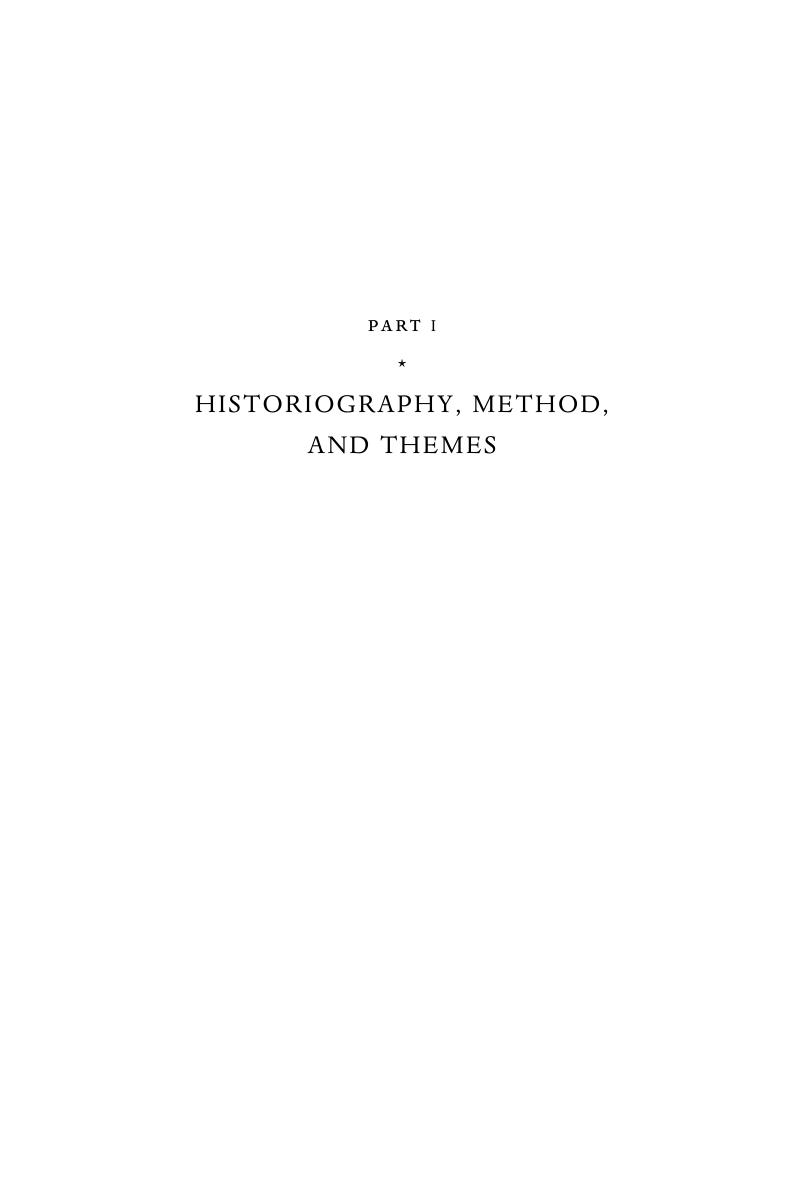Book contents
- The Cambridge World HistoryVolume I
- The Cambridge World History
- The Cambridge World History
- Copyright page
- Contents
- Figures
- Maps
- Table
- Contributors
- Preface
- Book part
- 1 Introduction and overview
- Part I Historiography, method, and themes
- Part II The Paleolithic and the beginnings of human history
- Index
- References
Part I - Historiography, method, and themes
Published online by Cambridge University Press: 05 May 2015
- The Cambridge World HistoryVolume I
- The Cambridge World History
- The Cambridge World History
- Copyright page
- Contents
- Figures
- Maps
- Table
- Contributors
- Preface
- Book part
- 1 Introduction and overview
- Part I Historiography, method, and themes
- Part II The Paleolithic and the beginnings of human history
- Index
- References
Summary

- Type
- Chapter
- Information
- The Cambridge World History , pp. 39 - 310Publisher: Cambridge University PressPrint publication year: 2015



